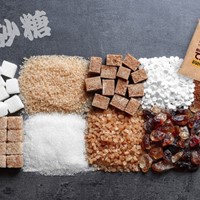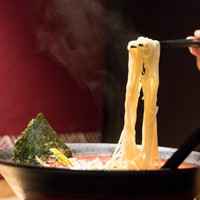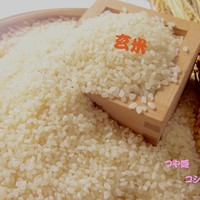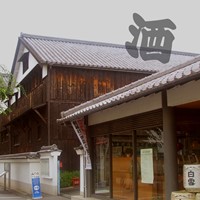What Is Natto: A Look at Japan’s Polarizing Superfood
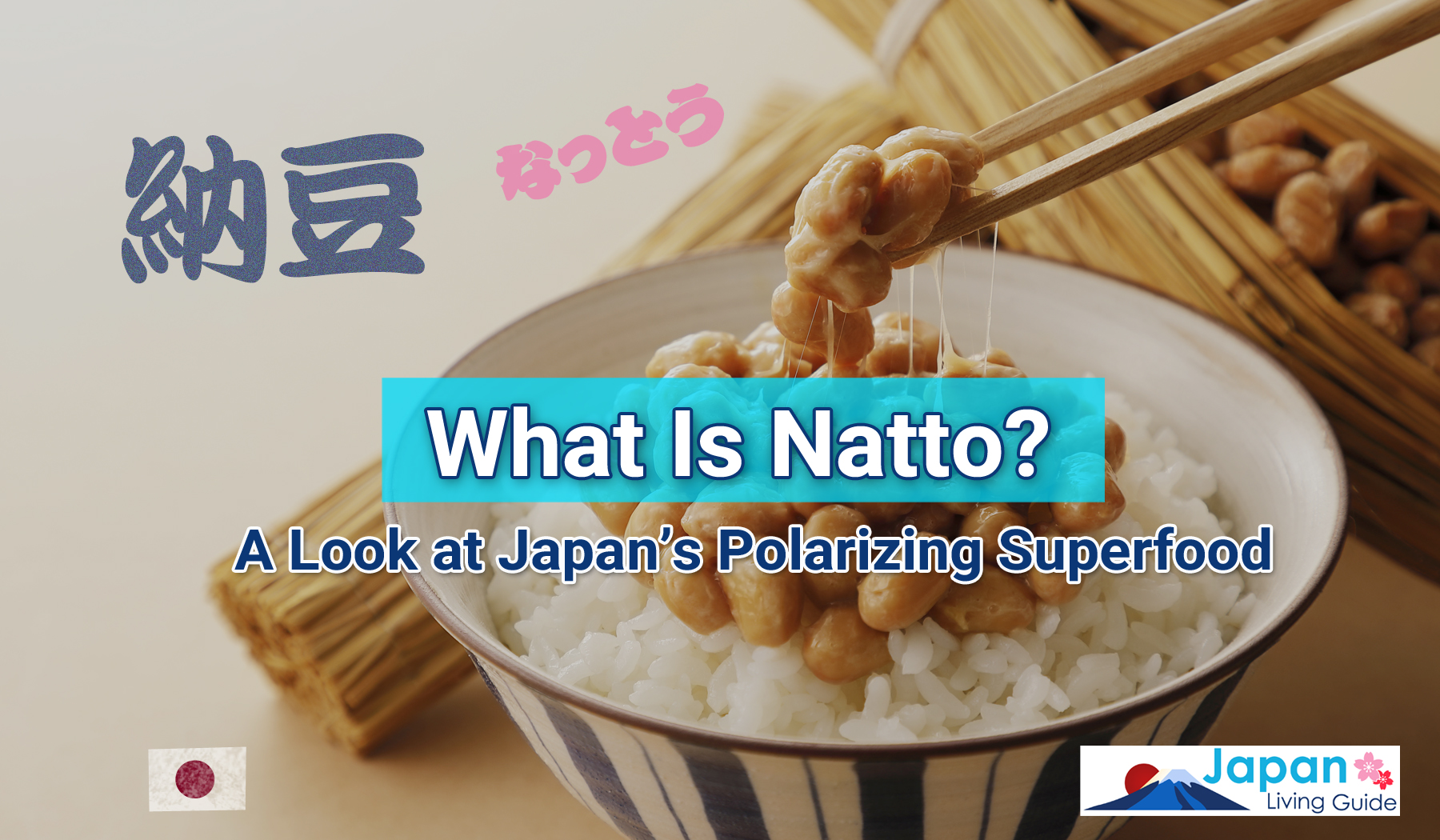
This page contains affiliate links.
Due to its unique taste and texture, natto is one of Japan’s most polarizing foods. It can be eaten in a variety of ways, ranging from on its own to being incorporated as an ingredient in more elaborate dishes. There are also a lot of health benefits associated with natto, so it is well-loved by many Japanese as a highly nutritious superfood. Keep reading to find out what natto is, the health benefits it provides, and a simple way to add it to your diet.
What Is Natto?
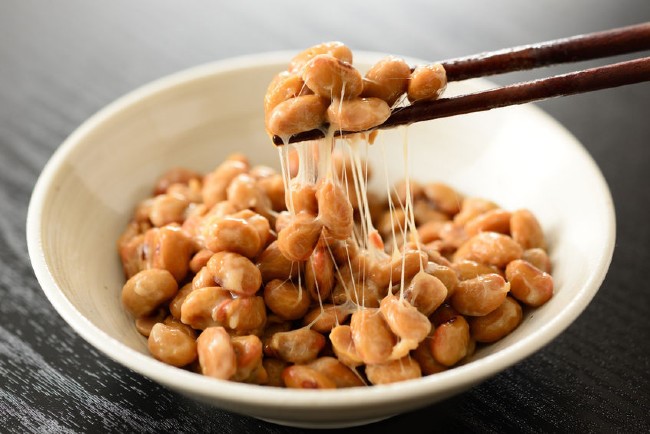
At the most basic level, natto is fermented soybeans. When fermented, soybeans develop a stronger flavor and a stringy, sticky texture. These qualities are thought to be unlike any other food, making natto truly unique. Natto is sometimes described as having an earthy flavor and is likened to blue cheese in regards to its strong taste and texture. It is made by soaking and cooking soybeans, then fermenting them in a controlled environment with a specific type of bacterial culture for around 24 hours. The beans are then aged to create the stringy texture.
Natto is such a long-established part of Japanese culture that it is hard to trace the origins and development of the food. The first natto is thought to have been an accidental discovery, most likely after cooked soybeans were left out in a warm environment. It became commercially available in the 1800s, leading to a huge boom in its popularity as the general population no longer had to make their own at home.
Natto’s Nutritional Benefits
Natto’s nutritional benefits are one of its biggest selling points. It falls into the category of fermented superfoods, which has been gaining popularity in recent years. This category also includes other Asian foods like kimchi (from Korea) and kombucha (from China). As a fermented food, natto is rich in probiotics, making it beneficial for digestion. This can also help boost the immune system and metabolism.
Natto is also high in fiber, another aspect that can be beneficial for the digestive system. It is naturally high in protein, calcium, and iron, all of which are necessary for a healthy diet. This makes it especially beneficial for those on a plant-based diet who may struggle to maintain a high enough level of protein or iron.
As well as being helpful for people on a plant-based diet, natto is also gluten-free. Furthermore, despite being made from soybeans, people with a sensitivity to soy can eat it as the proteins that cause the sensitivity are broken down during the fermentation process. This means natto is perfect for almost any diet and can be beneficial for most people.
Read More: Gluten-Free in Japan: What to Know When Eating Out
How to Eat Natto
Natto can be enjoyed in a variety of ways, some of which focus purely on the flavor of the natto while others use it in combination with other flavors. Natto is perhaps most common as a breakfast dish in Japan. It can be eaten plain over rice or with rice and raw egg. Other toppings such as spring onion or pickled plums can be added to further enhance the flavor. It is also common to find natto as a filling for sushi or rice balls.
When first buying and preparing natto, you might be unsure of how to go about serving it. But with a few basic steps, your natto can look just as good as any restaurant photo. Most natto is sold in square styrofoam packages. After tearing off the lid, there is usually a plastic film covering the beans; this needs to be carefully removed, which can be done by making quick circular motions with your wrist as you pull the plastic away. A sauce packet and sometimes mustard will be included and these should be mixed into the natto.
Mixing the natto loosens the hardened areas and separates any beans clumped together. The more the natto is mixed, the more that air is incorporated and the fluffier the beans will become. When there are no more clumps, the natto should be mixed in a circular motion a number of times. Some say to mix 50 times while others say up to 400 times. It is best to use a pair of chopsticks and you can stir the beans directly in the styrofoam package. The stringiness of the natto will change to a white color indicating that the natto is ready to eat.
Reducing Natto’s Pugency
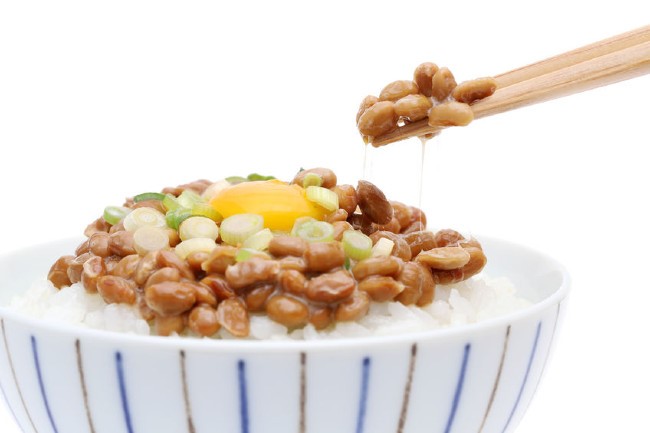
While rice topped with natto is one of the most common ways to eat it, incorporating it as an ingredient into dishes often can help reduce its strong flavor and smell. You can find a number of suggestions and recipes online that can help reluctant people introduce this superfood into their diets. One such way is by adding it to miso soup, since the soup's primary ingredient is also made from a type of fermented soybeans.
Natto miso soup can be made using dashi (a common Japanese soup base), red miso, white miso, tofu, wakame (a type of seaweed) and of course, natto. After bringing the dashi to a simmer in enough water for two servings, turn off the burner and stir in the miso. Then add a packet of natto. Finally, the wakame and tofu can be added around 30 seconds before serving. One important tip is to not let the miso soup and natto boil, which can kill off the gut-friendly probiotics. Natto miso soup is a very fast and easy way to enjoy natto beyond the basic “on rice” style. Also, if you are trying to introduce natto to your diet, you can start with adding less than a full pack to this recipe.
Where to Buy Natto
Natto is so ubiquitous in Japan that it can be bought almost anywhere. All supermarkets and convenience stores stock it. They usually come in sets of three small packages and the most popular brand is Okame Natto. Some supermarkets will offer a range of brands and types from different locations. Natto also freezes well, so don’t be afraid to stock up if you like it.
You can also order online via Amazon Japan.
Explore More about Japanese Food and Etiquette
While natto is considered to be a “love-it-or-hate-it” food, its extensive nutritional benefits and its convenience make it worth at least trying. There are a number of ways to explore adding this superfood to your diet, so be adventurous!
For more about eating in Japan, from restaurant etiquette to food allergies and recipe resources.
